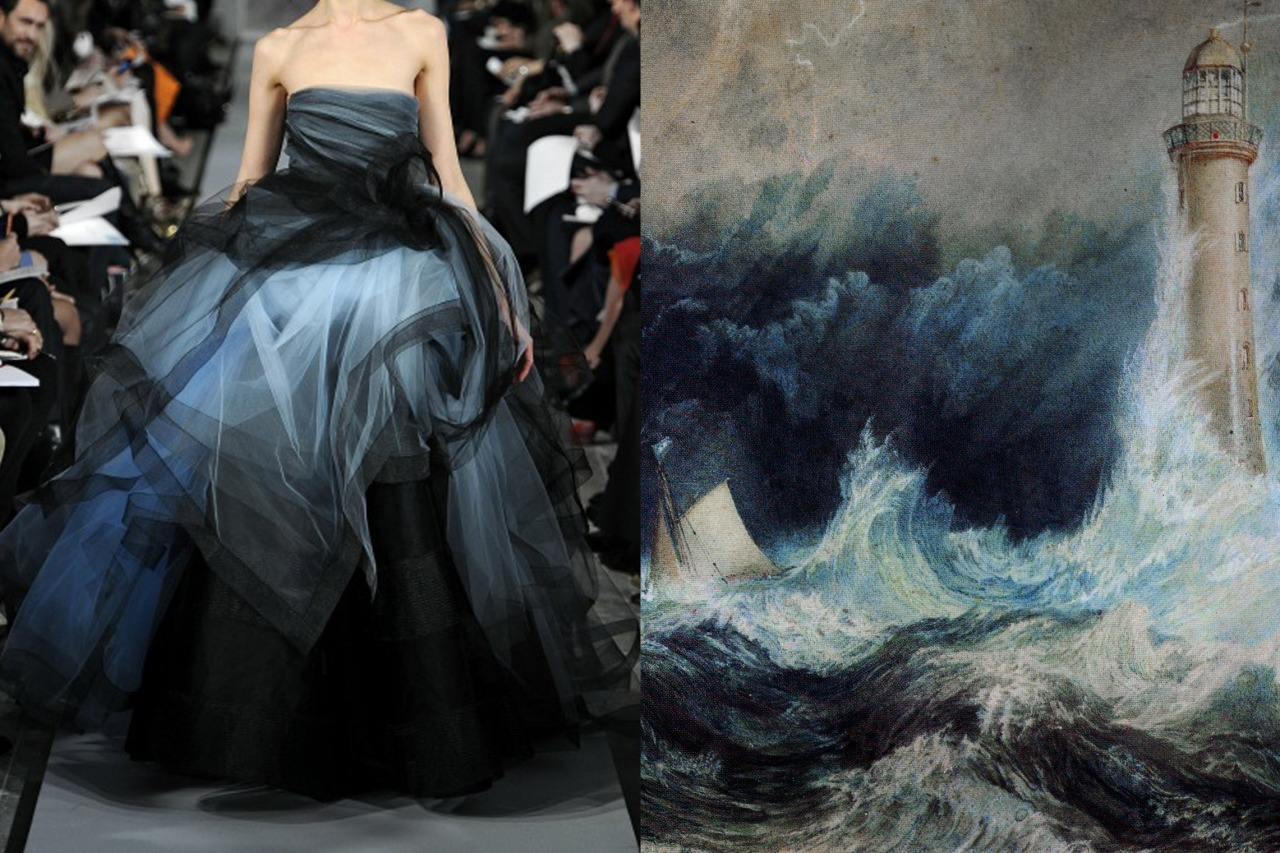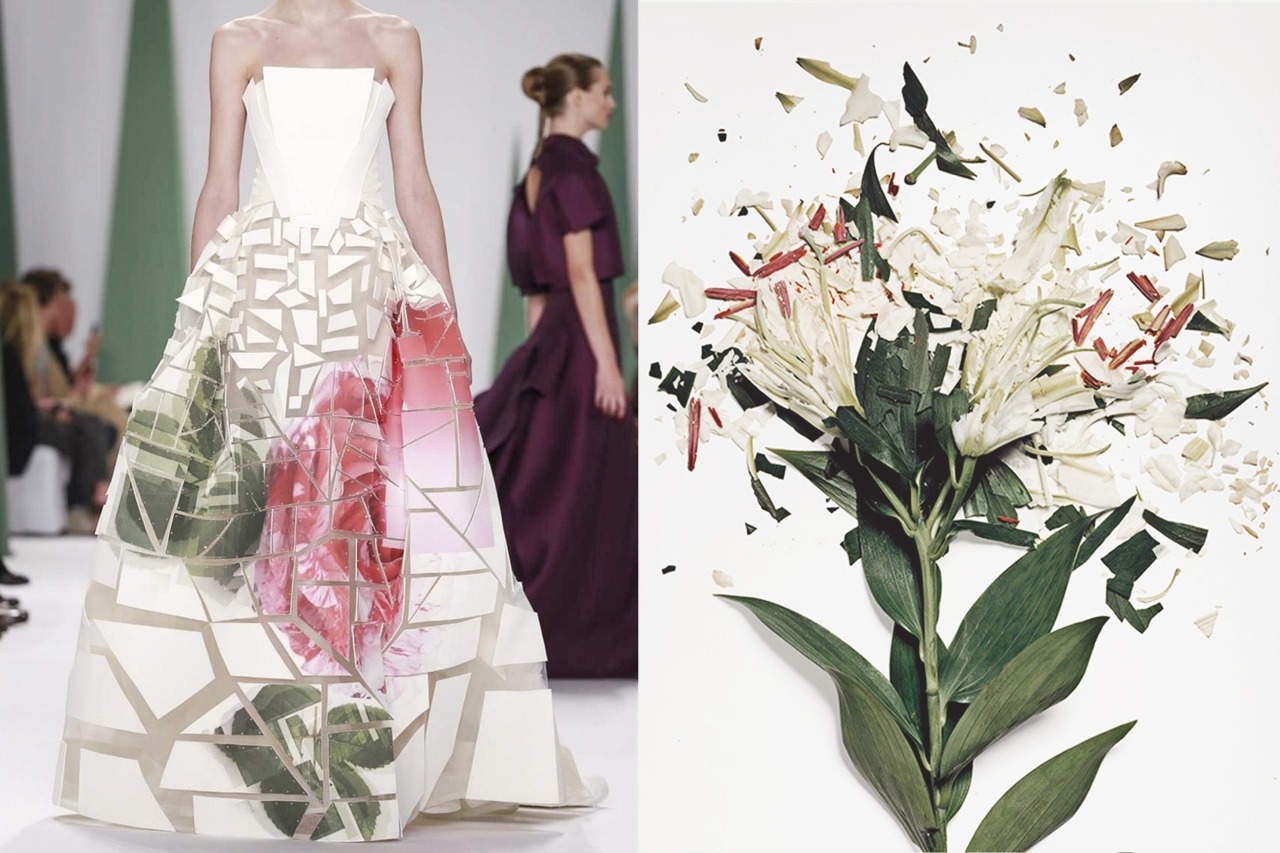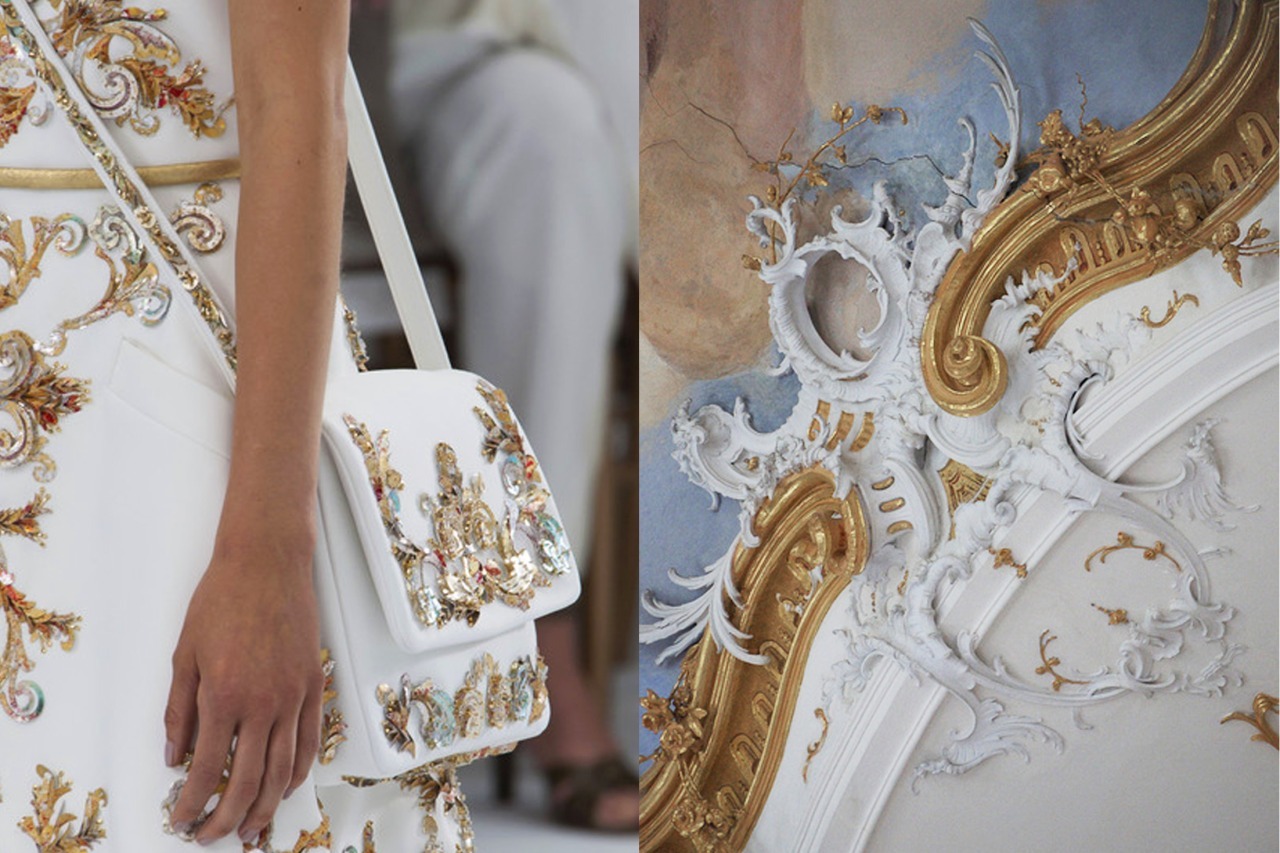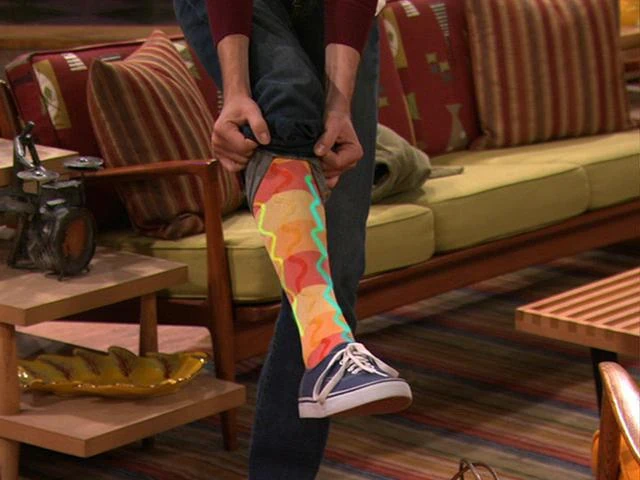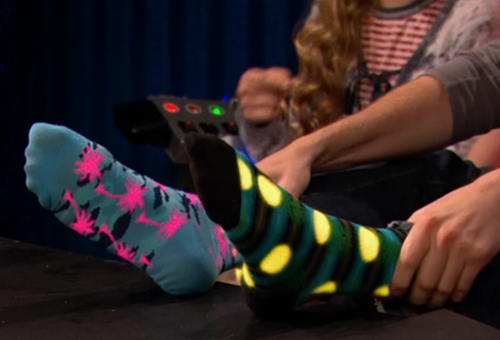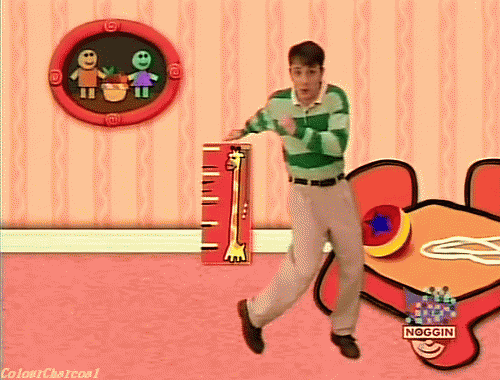This month, comedy duo Jake and Amir will leave their internet presence for good. After eight years of producing the longest running webseries  for comedy site Collegehumor, the pair will now take the time to pursue other artistic ventures. They will continue their weekly advice podcast If I Were You and are still working to get their pilot TV series picked up by TBS. However, I thought this would be a great time to highlight some of my favorite episodes over the years.
My favorite part of this video is how abjectly amateur it is. Clearly they were filming the video themselves, in their first office, while other people around them were in the middle of working. Weapons is one of their first ever videos, and the difference in production and humor between this episode and their latest videos is enormous.
This is the first Jake and Amir episode I ever watched. From that point on, I was hooked. Over the years they both developed their characters: Jake, the normal guy trying to get through work; Amir, the neurotic and crazy co-worker whose antics drive Jake insane. What I like about this episode is that they haven’t nearly attached themselves to those roles yet, and so the dynamic is so different than what J&A fans have come to expect.
Fast-forwarding a bit: Jake and Amir frequently drew inspiration from whatever big events were happening at the time. From holidays to sporting events to elections, they always created relevant skits in which, inevitably, Amir would have the completely wrong idea of the celebration. In this episode, he thinks he’s traveling to the Olympics in London. Here, they demonstrate their ability for quickly-paced dialogue that keeps the humor alive which each line.
One of the best parts about this webseries is the recurring guest stars they had on the show. From Alison Williams to Rick Fox to Thomas Middleditch, they’ve had big names that consistently help improve the series. This is one of my favorites, featuring Ben Schwartz of Parks and Rec and House of Lies fame. Ben has been the most frequently recurring guest on the series, and every single one of his videos is outstanding.
While I am sure there is lots more to come, the internet will certainly miss its weekly dose of Jake and Amir.

